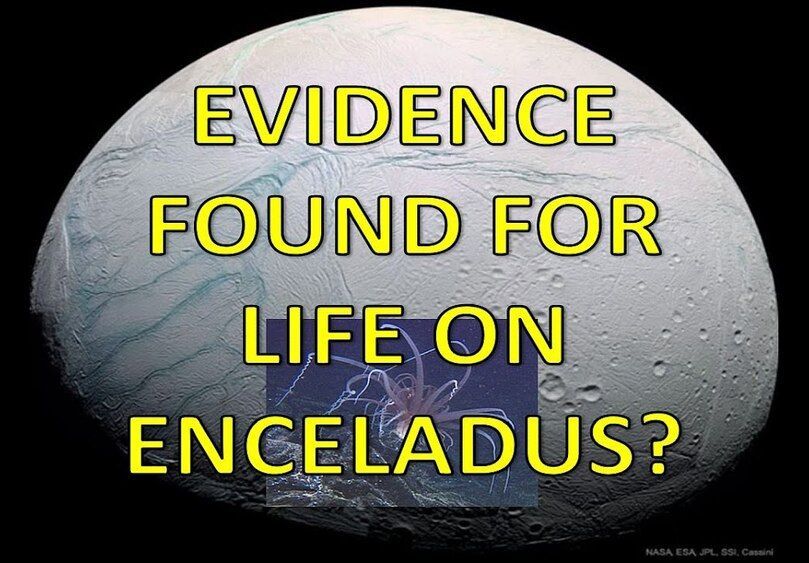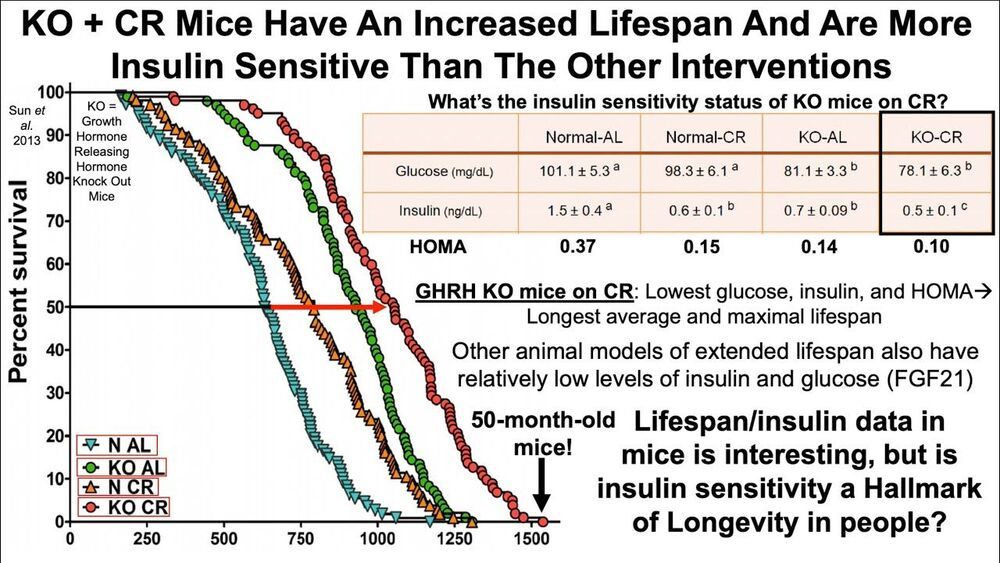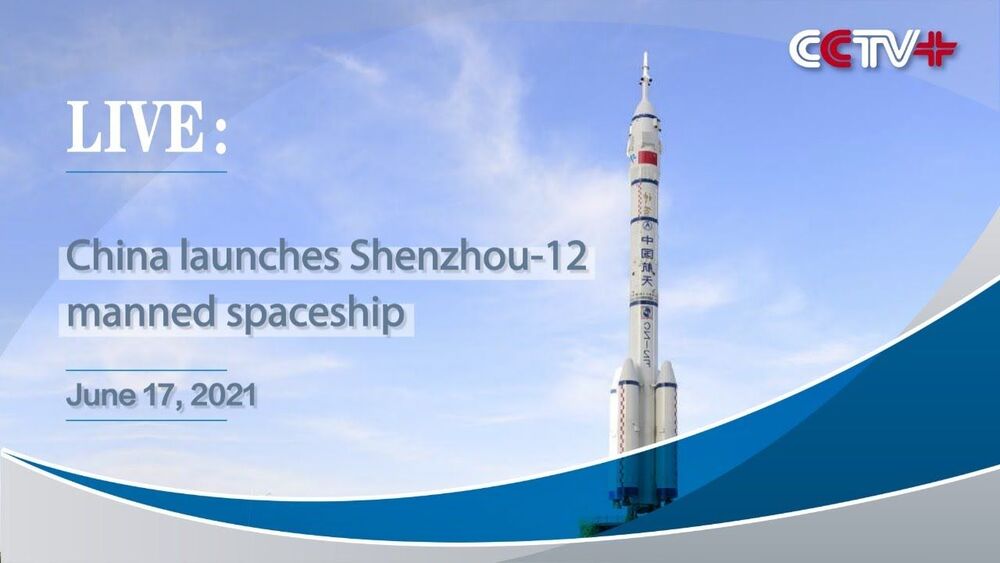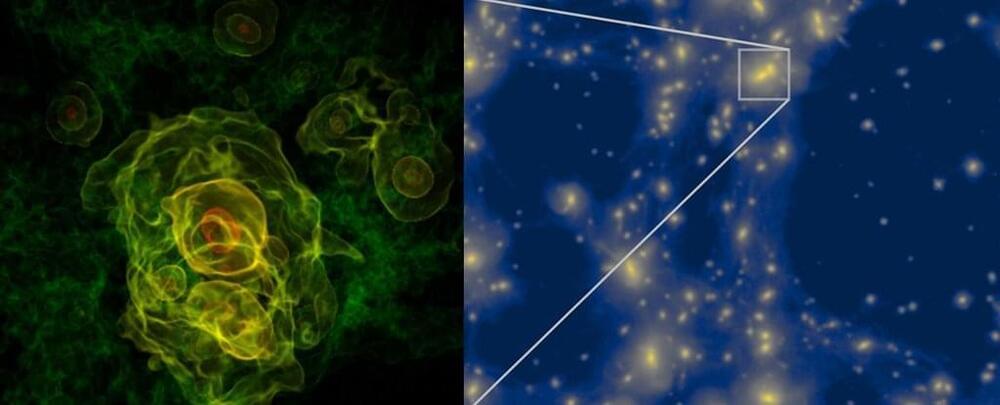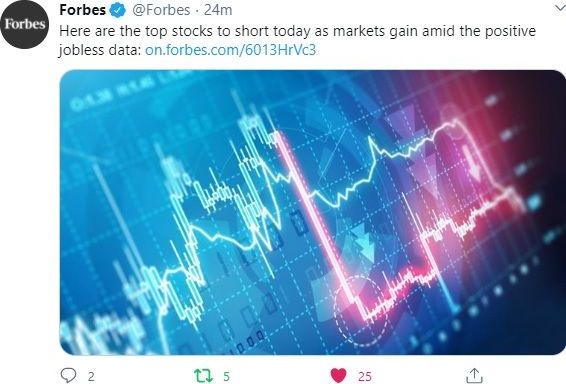In America, at least 17 people a day die waiting for an organ transplant. But instead of waiting for a donor to die, what if we could someday grow our own organs?
Last week, six years after NASA announced its Vascular Tissue Challenge, a competition designed to accelerate research that could someday lead to artificial organs, the agency named two winning teams. The challenge required teams to create thick, vascularized human organ tissue that could survive for 30 days.
The two teams, named Winston and WFIRM, both from the Wake Forest Institute for Regenerative Medicine, used different 3D-printing techniques to create lab-grown liver tissue that would satisfy all of NASA’s requirements and maintain their function.
“We did take two different approaches because when you look at tissues and vascularity, you look at the body doing two main things,” says Anthony Atala, team leader for WFIRM and director of the institute.
The two approaches differ in the way vascularization—how blood vessels form inside the body—is achieved. One used tubular structures and the other spongy tissue structures to help deliver cell nutrients and remove waste. According to Atala, the challenge represented a hallmark for bioengineering because the liver, the largest internal organ in the body, is one of the most complex tissues to replicate due to the high number of functions it performs.
Scientists are one step closer to solving general relativity’s biggest problem.
To do this, scientists used a new kind of observatory called LIGO (Laser Interferometer Gravitational-wave Observatory) that is fine-tuned to hunt for small disturbances in the fabric of spacetime caused by cosmic collisions, like black hole or neutron star mergers.
But this is only just the beginning of what LIGO can do, a team of international researchers reports in a new study published Thursday in the journal Science. Using new techniques to quantum cool LIGO’s mirrors, the team says that LIGO may soon also help them understand the quantum states of human-sized objects instead of just subatomic particles.
Vivishek Sudhir is a coauthor on the paper and assistant professor of mechanical engineering at the Massachusetts Institute of Technology. He tells Inverse that physicists have long theorized that gravity may be the culprit behind why large items don’t exhibit quantum behavior.
Peer long enough into the heavens, and the Universe starts to resemble a city at night. Galaxies take on characteristics of streetlamps cluttering up neighborhoods of dark matter, linked by highways of gas that run along the shores of intergalactic nothingness.
This map of the Universe was preordained, laid out in the tiniest of shivers of quantum physics moments after the Big Bang launched into an expansion of space and time some 13.8 billion years ago.
Yet exactly what those fluctuations were, and how they set in motion the physics that would see atoms pool into the massive cosmic structures we see today is still far from clear.
The Hubble Space Telescope is currently offline.
On Sunday 13 June, the telescope’s payload computer went offline, and engineers here on Earth are currently performing operations to get it up and running again.
The payload computer, as you might expect, is vital to Hubble’s continued science operations. It’s the ‘brains’ of the instrument, coordinating and controlling the various instruments with which Hubble is equipped. It also monitors the telescope for issues.
Experts predict that we’ll be able to live up to 20% longer over the next 100 years. Here’s how humans are trying to live forever. Andrea Schmitz and Benji Jones Apr 3, 2019, 12:00 PM @ These potential treatments for aging could unlock cures to a range of age-related illnesses, from cancer to heart disease – Charlotte Hu Aug 20, 2018, 1:21 PM @ Animals that defy the rules of aging — like naked mole rats — could help scientists unravel the secrets to longevity – Charlotte Hu Aug 15, 2018, 2:54 PM @ Everything you thought you knew about aging is wrong – Erin Brodwin Apr 27, 2016, 12:13 PM *© 2021 Insider Inc. @ Other very important information, images, YouTube Videos (Ray Kurzweil – Physical Immortality – 3 de jan. de 2017 & Ray Kurzweil + Disruptive Technologies and Dangerous Ideas – 5 de dez. de 2017), websites, social networks and links.
Apollo Project for Water
Posted in materials, sustainability
